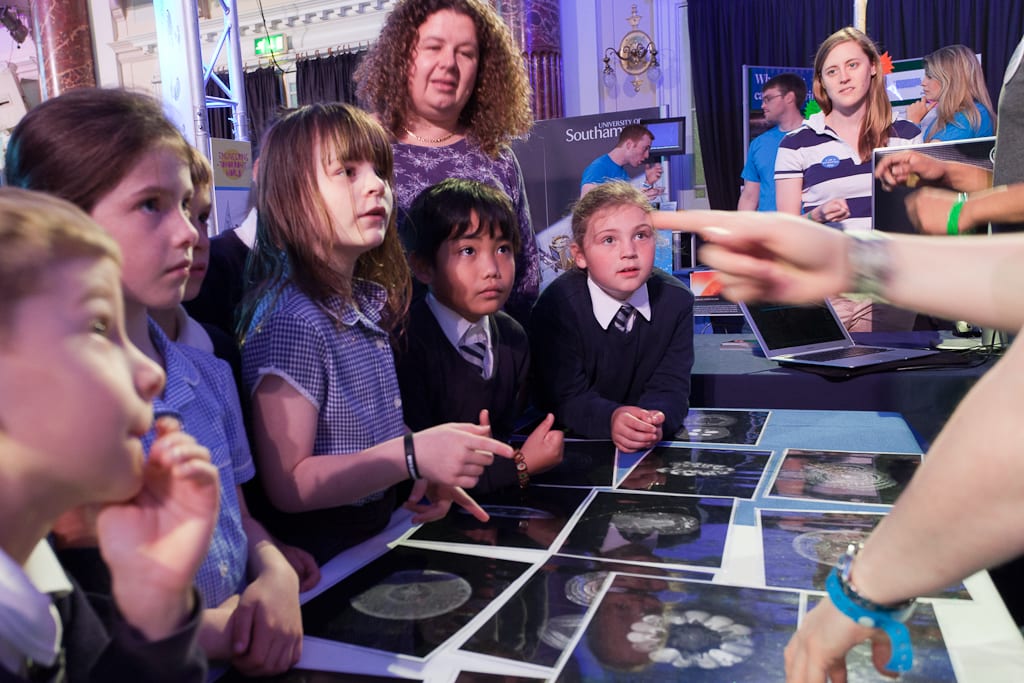Quantum Fruit – Behind the Scenes at Cheltenham – Day 2/6
By Nicholas Powell, on 14 June 2012
Behind the Scences at Cheltenham is a daily blog from the UCL CABI team at Cheltenham Science Festival. Every day a member of the team will be talking about their experiences of running a stand.
Day 1 | Day 2 | Day 3 | Day 4 | Day 5 | Day 6
Mark Lythgoe, festival and much-loved CABI director, has been on the hunt for pig testicles all day.
For scanning, you understand.
As briefly mentioned in yesterday’s post, the centre of our stand here in the colourful heart of Cheltenham’s Town Hall is occupied by a tabletop 1 Tesla, 1.5 tonne MRI scanner, prevented from falling through the floor and sinking towards Earth’s core by a strong scaffolding platform.
 Close
Close



